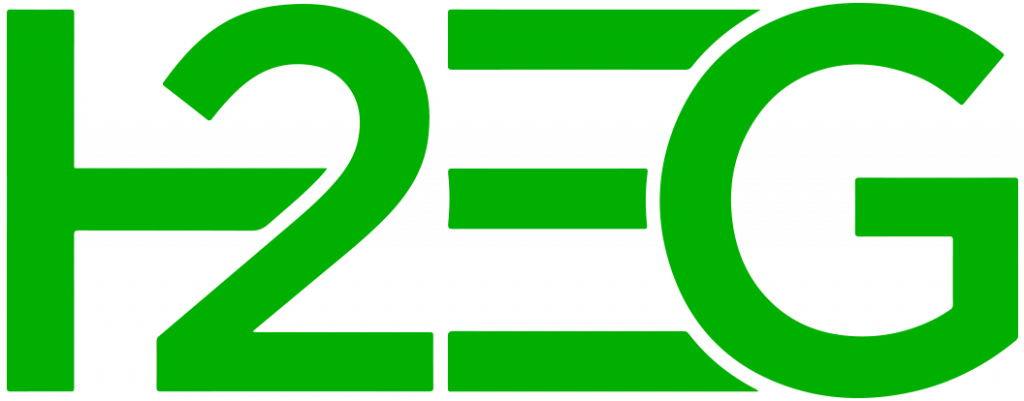
A recent study by the analyst firm Boston Consulting Group found that by positioning itself as a pioneer in the production and adoption of SAF, Morocco could not only steal a march on its neighbours, but also strengthen its energy autonomy and its image.
There is lots that comes with that statement, of course.
One challenge is how to push forward SAF when green hydrogen and ammonia have yet to take off. This may explain why references to SAF were few and far between last week at the World Power-to-X Summit in Marrakech – certainly compared with the two renewable gases. No specific targets have yet been released by the government.
Faouzi Annajah, Founder & CEO of NamX, a French–Moroccan hydrogen start-up, said, “It’s not ready now. If you want to produce e-fuels, you need hydrogen, and if you want to produce hydrogen you need energy. The price is too high now and [there is] very small demand.”
You have to find a way to drive the change, all the same.
And if Morocco was to produce hydrogen and e-fuels at scale, it would have a major European export opportunity on its doorstep, as well as opportunities throughout the MENA region. For starters, too, it has allocated large plots for green hydrogen development, which is of course a key component to deliver e-SAF.
Delegates also heard that by combining its renewable energy potential with China’s capacity to finance and deliver major projects, Morocco could emerge as a leader in green hydrogen and the world’s lowest-cost producer of green ammonia.
“We have to work together – as startups, in deep tech and as investors,” said Annajah.
In a dedicated transport panel at the summit, Daniel Neumann, Principal at FEV Consulting, underlined the importance of developing SAF as part of the broader hydrogen and Net Zero opportunity.
“There needs to be sustainable fuels otherwise we don’t have any chance to deliver on the targets for the sustainable transport sector,” he said.
And industry body the International Air Transport Association is gunning for SAF to deliver 65% of necessary emissions reductions for climate neutrality by 2050, though it recently warned that technology bottlenecks must be overcome.
The EU’s ReFuelEU Aviation regulation, for its part, sets a mandate for SAF blending, starting with 2% in 2025 and increasing to 70% by 2050.
However, targets are one thing and getting there is another. Morocco is showing interest and willingness but will it take the next step?

